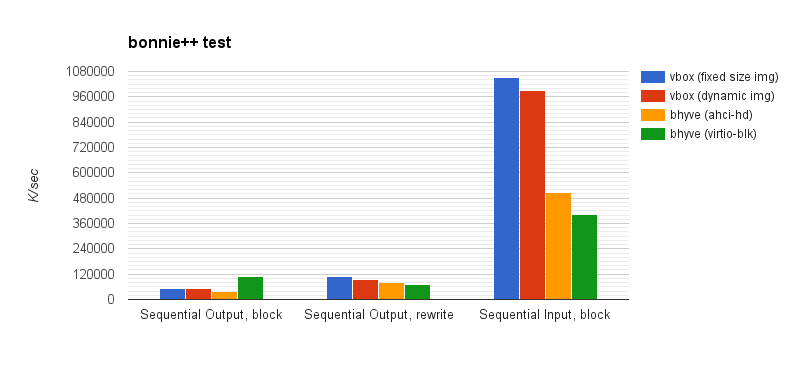
Newer Intel iGPUs can use SR-IOV instead. This is a "software workaround" for older iGPUs that don't support SR-IOV. IGVT-g is limited to integrated Intel graphics on past Intel CPUs (starting from Broadwell and ending with Comet Lake). There is also an i915 DKMS kernel module i915-sriov-dkms-git AUR to simplify the process.
#Qemu vs virtualbox install
However, the mainline Linux kernel does not yet support the feature, and you will have to install a custom kernel from Intel. Intel GPUs based on Xe architecture and newer also support SR-IOV. There are some AMD GPUs that support this technology such as the W7100. Single Root I/O Virtualization is under development by Intel and NVIDIA New GPU Series. You will also need a vGPU license, though there are some workarounds.įollow this guide to manually setup a Windows 10 guest with NVIDIA vGPU. However, you can unlock vGPU for your consumer card. For Nvidia GPU, make sure nvidia-vgpud and nvidia-vgpu-mgr services are running! NVIDIA vGPUīy default, NVIDIA disabled the vGPU for consumer series (if you own an enterprise card go ahead).
#Qemu vs virtualbox driver
Always double check your guest driver version. Tip: In case you have Ryzen CPU, You have to enable ignore_msrs to avoid Windows BSOD. By default, LibVF.IO uses Looking Glass as Virtual Display but you can change that through YAML configuration. There is also LIME ( LIME Is Mediated Emulation) for executing Windows Apps in Linux. įor NVIDIA GPU, you need to Unlock VGPU which can be done by installing nvidia-merged-dkms AUR or building it yourself and putting it in LIBVF.IO's Optional Folder. Currently, Intel and NVIDIA GPUs are tested, with limited support for AMD. You have to create YAML configurations for each virtual machine. It supports Intel (Intel GVT-g, SR-IOV), NVIDIA (Nvidia VGPU, SR-IOV) and AMD (AMD SR-IOV). LibVF.IO is a Virtualization Framework (Libvirt's alternative) for simplifying the GPU Virtualization. Looking Glass uses DXGI (MS DirectX Graphics Infrastructure) to pass complete frames captured from the virtual machine's passed-through video card via shared memory to the host system where they are read (scraped) by a display client running on the bare-metal host. See this guide to getting started which provides some problem solving and user support. There is a fairly recent passthrough method called Looking Glass.
#Qemu vs virtualbox Patch
If you have NVIDIA GPU, you may need to dump your GPU's vBIOS using nvflash AUR and patch it using vBIOS Patcher. However, as a workaround, you can use Xpra to detach to another Display before starting the virtual machine and reattach the Apps to display after shutting down the virtual machine. When you start the virtual machine, all your GUI apps will be force terminated. The problem with this approach is that you have to deattach the graphics card from the host and use ssh to control the host from the guest. However, there is a workaround for passing a single graphic card. You can use kvm switch to control desktops.Ĭurrently, PCI passthrough works for dual-graphic cards only. This forum thread (now closed, and may be outdated) may be of interest for problem solving. PCI passthrough currently seems to be the most popular method for optimal performance.

PCI GPU passthrough PCI VGA/GPU passthrough via OVMF However, it is not designed to offer near-bare metal performance. QXL/SPICE is a high-performance display method. Methods for QEMU guest graphics acceleration QXL video driver and SPICE client for display There are multiple methods for virtual machine (VM) graphics display which yield greatly accelerated or near-bare metal performance.


 0 kommentar(er)
0 kommentar(er)
